Strategic Public Relations: Improving Indigenous Health Outcomes
VerifiedAdded on 2023/06/03
|10
|1097
|67
Report
AI Summary
This report provides an overview of public relations strategies concerning Indigenous health in Australia, highlighting significant health inequalities and historical social and cultural challenges faced by Indigenous Australians. It analyzes five articles from various news outlets, examining their angles, pitches, framing, reporting styles, key messages, and agendas. The articles cover critical issues such as housing shortages, rising suicide rates, dental health improvements, mental health priorities, and the impact of healthcare center closures on Indigenous communities. Each article is assessed for its positive, negative, or neutral tone, and its target audience is identified, ranging from policymakers and healthcare organizations to the general public and Indigenous youth. The report references a range of academic and news sources to provide a comprehensive understanding of the public relations landscape surrounding Indigenous health.

UNDERSTANDING PUBLIC
RELATIONS
-Indigenous Health
30/08/2024
RELATIONS
-Indigenous Health
30/08/2024
Paraphrase This Document
Need a fresh take? Get an instant paraphrase of this document with our AI Paraphraser
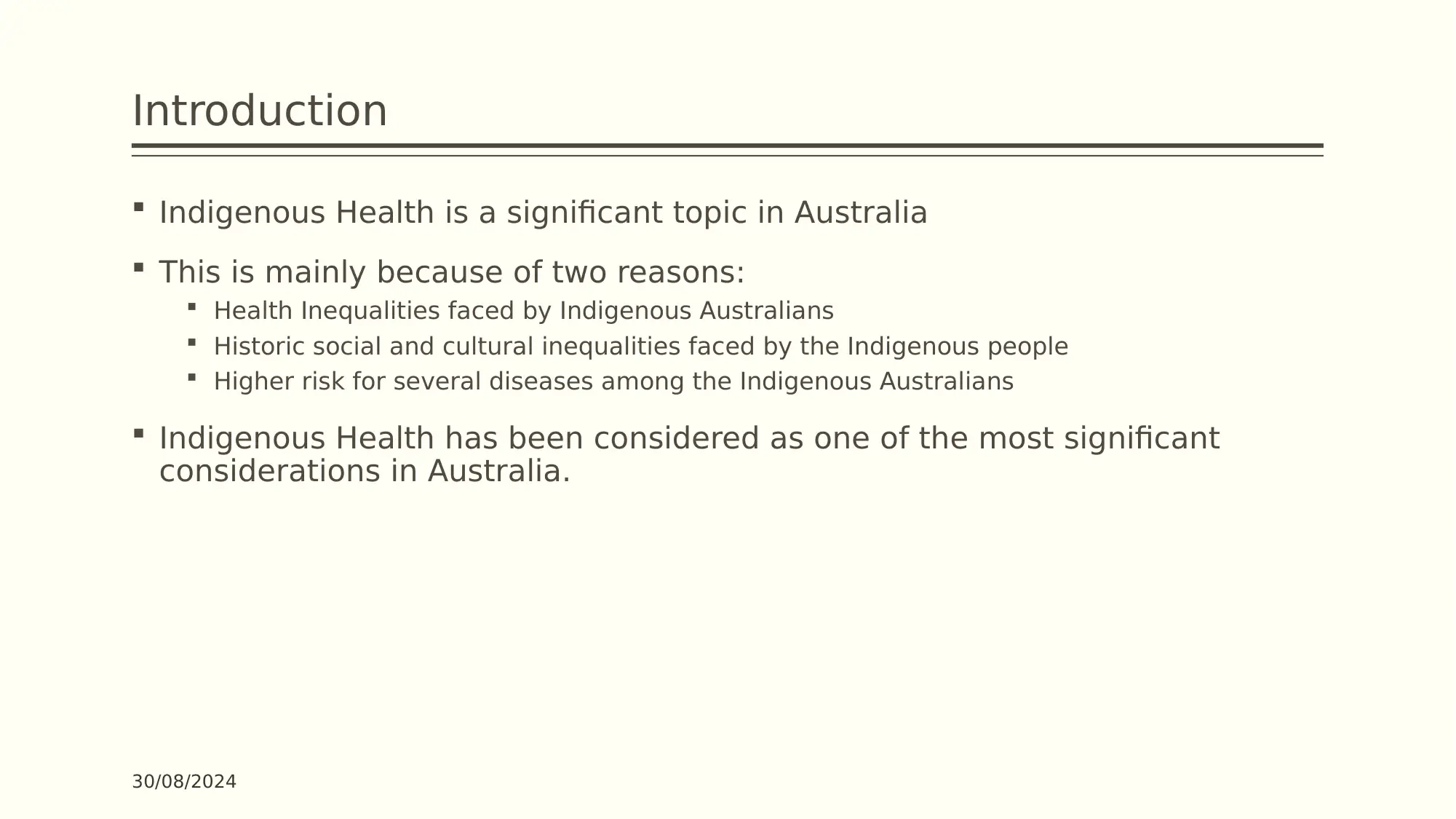
Introduction
Indigenous Health is a significant topic in Australia
This is mainly because of two reasons:
Health Inequalities faced by Indigenous Australians
Historic social and cultural inequalities faced by the Indigenous people
Higher risk for several diseases among the Indigenous Australians
Indigenous Health has been considered as one of the most significant
considerations in Australia.
30/08/2024
Indigenous Health is a significant topic in Australia
This is mainly because of two reasons:
Health Inequalities faced by Indigenous Australians
Historic social and cultural inequalities faced by the Indigenous people
Higher risk for several diseases among the Indigenous Australians
Indigenous Health has been considered as one of the most significant
considerations in Australia.
30/08/2024

Article 1: “Aboriginal communities warn housing stalemate
is a mental health risk” Borrello (2018) ABC News.
Angle: Follow up story angle, local angle, national angle
Pitch: Influencer Pitch
Framing: Situational Framing
Reporting: Audio piece. Primary data reporting.
Key Message: Housing problems and overcrowding in indigenous communities
can be linked to poor health outcomes as well as the incidence of violence and
suicides in the communities.
Positive/Negative/Neutral news: Negative
Agenda: Mobilize the policymakers and stakeholders against funding cuts for
remote housing projects
Target Audience: Policy makers
30/08/2024
is a mental health risk” Borrello (2018) ABC News.
Angle: Follow up story angle, local angle, national angle
Pitch: Influencer Pitch
Framing: Situational Framing
Reporting: Audio piece. Primary data reporting.
Key Message: Housing problems and overcrowding in indigenous communities
can be linked to poor health outcomes as well as the incidence of violence and
suicides in the communities.
Positive/Negative/Neutral news: Negative
Agenda: Mobilize the policymakers and stakeholders against funding cuts for
remote housing projects
Target Audience: Policy makers
30/08/2024
⊘ This is a preview!⊘
Do you want full access?
Subscribe today to unlock all pages.

Trusted by 1+ million students worldwide
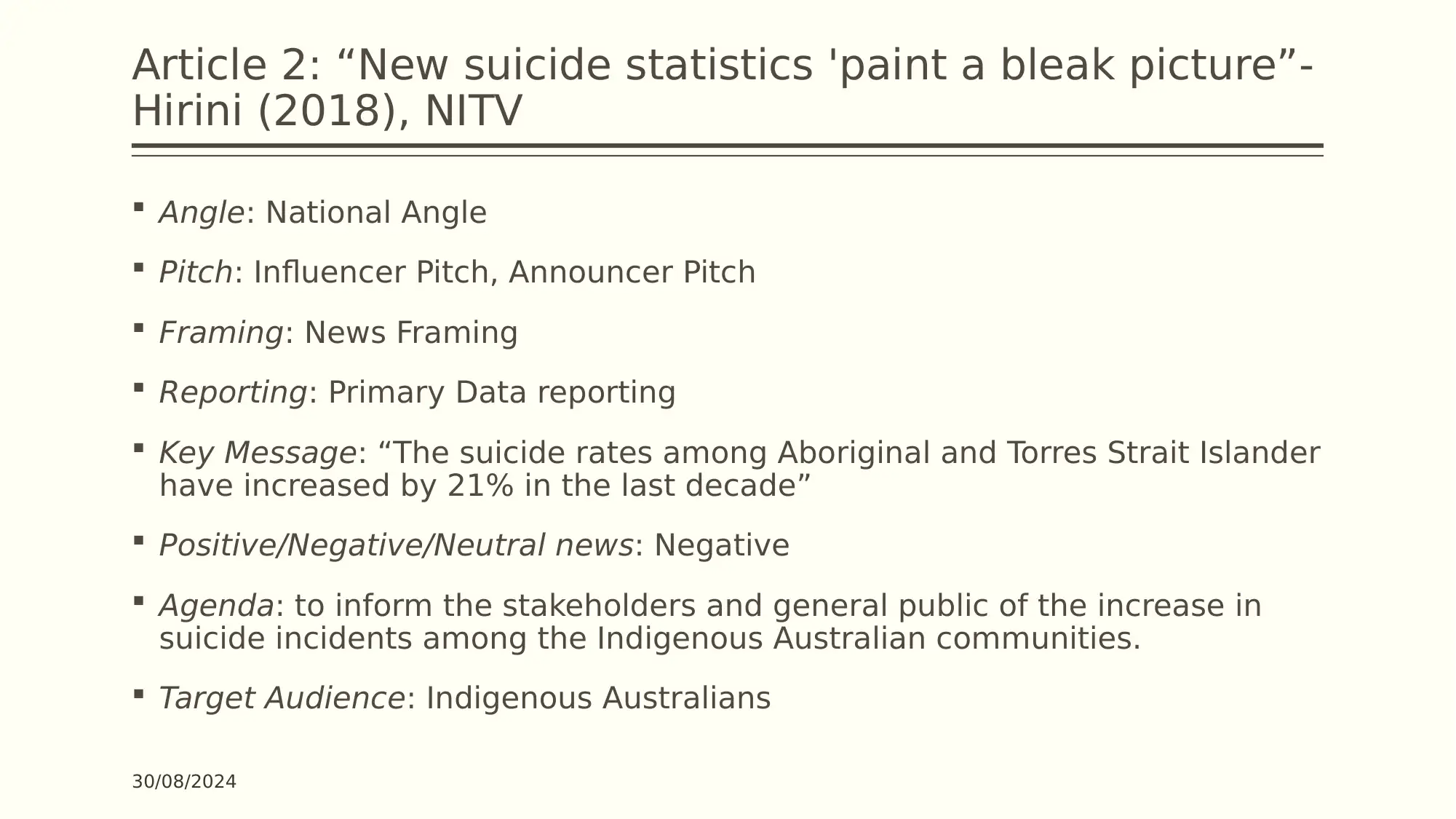
Article 2: “New suicide statistics 'paint a bleak picture”-
Hirini (2018), NITV
Angle: National Angle
Pitch: Influencer Pitch, Announcer Pitch
Framing: News Framing
Reporting: Primary Data reporting
Key Message: “The suicide rates among Aboriginal and Torres Strait Islander
have increased by 21% in the last decade”
Positive/Negative/Neutral news: Negative
Agenda: to inform the stakeholders and general public of the increase in
suicide incidents among the Indigenous Australian communities.
Target Audience: Indigenous Australians
30/08/2024
Hirini (2018), NITV
Angle: National Angle
Pitch: Influencer Pitch, Announcer Pitch
Framing: News Framing
Reporting: Primary Data reporting
Key Message: “The suicide rates among Aboriginal and Torres Strait Islander
have increased by 21% in the last decade”
Positive/Negative/Neutral news: Negative
Agenda: to inform the stakeholders and general public of the increase in
suicide incidents among the Indigenous Australian communities.
Target Audience: Indigenous Australians
30/08/2024
Paraphrase This Document
Need a fresh take? Get an instant paraphrase of this document with our AI Paraphraser
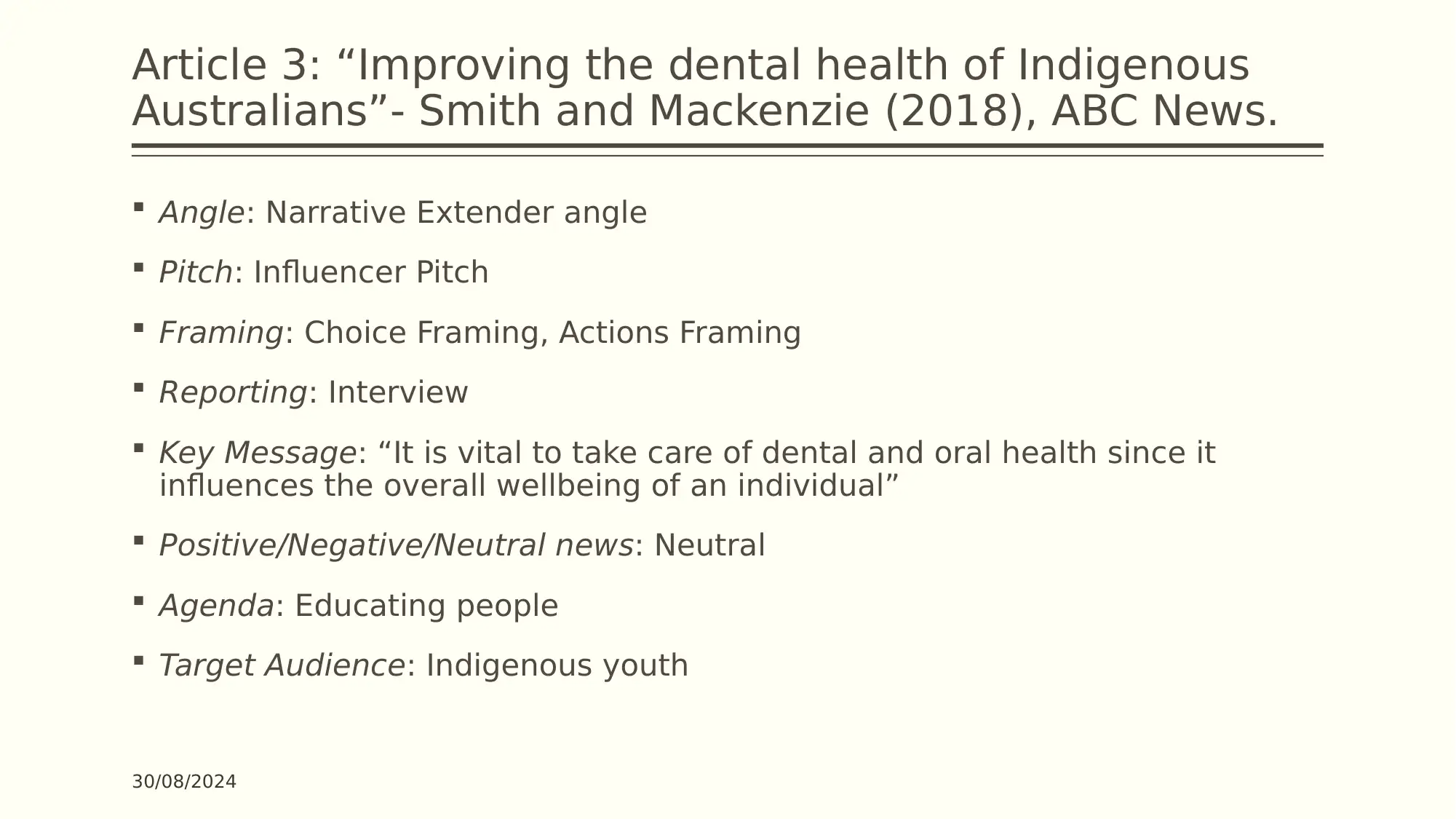
Article 3: “Improving the dental health of Indigenous
Australians”- Smith and Mackenzie (2018), ABC News.
Angle: Narrative Extender angle
Pitch: Influencer Pitch
Framing: Choice Framing, Actions Framing
Reporting: Interview
Key Message: “It is vital to take care of dental and oral health since it
influences the overall wellbeing of an individual”
Positive/Negative/Neutral news: Neutral
Agenda: Educating people
Target Audience: Indigenous youth
30/08/2024
Australians”- Smith and Mackenzie (2018), ABC News.
Angle: Narrative Extender angle
Pitch: Influencer Pitch
Framing: Choice Framing, Actions Framing
Reporting: Interview
Key Message: “It is vital to take care of dental and oral health since it
influences the overall wellbeing of an individual”
Positive/Negative/Neutral news: Neutral
Agenda: Educating people
Target Audience: Indigenous youth
30/08/2024
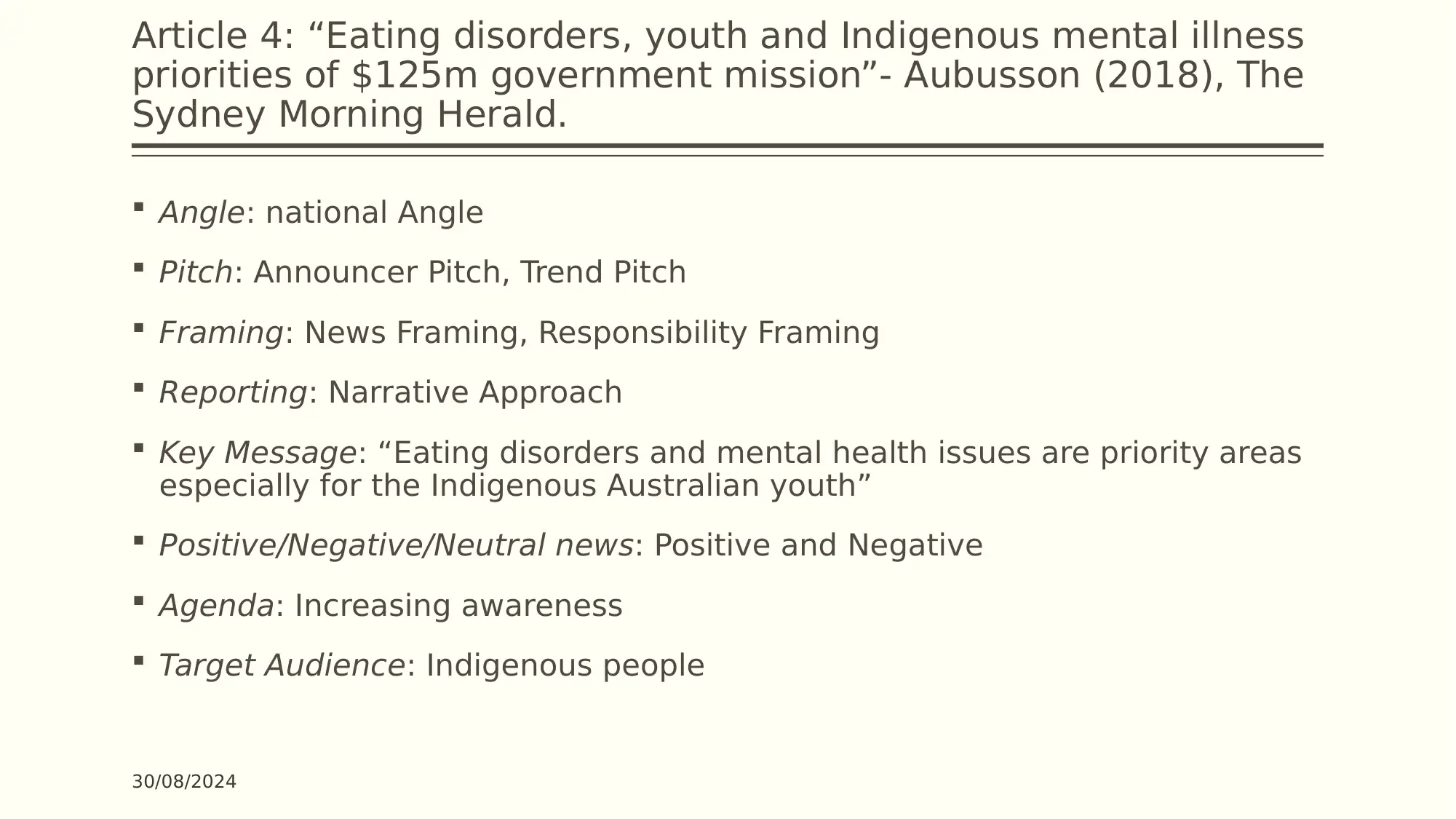
Article 4: “Eating disorders, youth and Indigenous mental illness
priorities of $125m government mission”- Aubusson (2018), The
Sydney Morning Herald.
Angle: national Angle
Pitch: Announcer Pitch, Trend Pitch
Framing: News Framing, Responsibility Framing
Reporting: Narrative Approach
Key Message: “Eating disorders and mental health issues are priority areas
especially for the Indigenous Australian youth”
Positive/Negative/Neutral news: Positive and Negative
Agenda: Increasing awareness
Target Audience: Indigenous people
30/08/2024
priorities of $125m government mission”- Aubusson (2018), The
Sydney Morning Herald.
Angle: national Angle
Pitch: Announcer Pitch, Trend Pitch
Framing: News Framing, Responsibility Framing
Reporting: Narrative Approach
Key Message: “Eating disorders and mental health issues are priority areas
especially for the Indigenous Australian youth”
Positive/Negative/Neutral news: Positive and Negative
Agenda: Increasing awareness
Target Audience: Indigenous people
30/08/2024
⊘ This is a preview!⊘
Do you want full access?
Subscribe today to unlock all pages.

Trusted by 1+ million students worldwide

Article 5: “Centre closure leaves health gap”- Capone
(2018), Star Weekly
Angle: Local Angle
Pitch: Announcer Pitch, Influencer Pitch
Framing: Situational Framing
Reporting: Interviews
Key Message: “Closure of the local medical health center has adversely
affected the health of the local communities”
Positive/Negative/Neutral news: Negative
Agenda: Influencing policy makers and healthcare organizations/providers
Target Audience: Policy makers and healthcare organizations/providers and
indigenous Australians
30/08/2024
(2018), Star Weekly
Angle: Local Angle
Pitch: Announcer Pitch, Influencer Pitch
Framing: Situational Framing
Reporting: Interviews
Key Message: “Closure of the local medical health center has adversely
affected the health of the local communities”
Positive/Negative/Neutral news: Negative
Agenda: Influencing policy makers and healthcare organizations/providers
Target Audience: Policy makers and healthcare organizations/providers and
indigenous Australians
30/08/2024
Paraphrase This Document
Need a fresh take? Get an instant paraphrase of this document with our AI Paraphraser

References:
Aubusson, K. (2018). Eating disorders, youth and Indigenous mental illness priorities of
$125m government mission. Retrieved from https://www.smh.com.au/healthcare/eating-
disorders-youth-and-indigenous-mental-illness-priorities-of-125m-government-mission-
20181009-p508m0.html
Borrello, E. (2018). Aboriginal communities warn housing stalemate is a mental health risk.
Retrieved from https://www.abc.net.au/radio/programs/am/aboriginal-groups-warn-housing-
stalemate-is-a-mental-health-risk/10431840
Capone, A. (2018). Centre closure leaves health gap - Star Weekly. Retrieved from
http://www.starweekly.com.au/news/centre-closure-leaves-health-gap/
Hirini, R. (2018). New suicide statistics 'paint a bleak picture'. Retrieved from
https://www.sbs.com.au/nitv/nitv/article/2018/10/04/new-suicide-statistics-paint-bleak-picture
Irving, M., Gwynne, K., Angell, B., Tennant, M., & Blinkhorn, A. (2017). Client perspectives on
an Aboriginal community led oral health service in rural Australia. Australian Journal of Rural
Health, 25(3), 163-168.
Marmot, M. G. (2017). Dignity, social investment and the Indigenous health gap. Medical
Journal of Australia, 207(1), 20-21.
30/08/2024
Aubusson, K. (2018). Eating disorders, youth and Indigenous mental illness priorities of
$125m government mission. Retrieved from https://www.smh.com.au/healthcare/eating-
disorders-youth-and-indigenous-mental-illness-priorities-of-125m-government-mission-
20181009-p508m0.html
Borrello, E. (2018). Aboriginal communities warn housing stalemate is a mental health risk.
Retrieved from https://www.abc.net.au/radio/programs/am/aboriginal-groups-warn-housing-
stalemate-is-a-mental-health-risk/10431840
Capone, A. (2018). Centre closure leaves health gap - Star Weekly. Retrieved from
http://www.starweekly.com.au/news/centre-closure-leaves-health-gap/
Hirini, R. (2018). New suicide statistics 'paint a bleak picture'. Retrieved from
https://www.sbs.com.au/nitv/nitv/article/2018/10/04/new-suicide-statistics-paint-bleak-picture
Irving, M., Gwynne, K., Angell, B., Tennant, M., & Blinkhorn, A. (2017). Client perspectives on
an Aboriginal community led oral health service in rural Australia. Australian Journal of Rural
Health, 25(3), 163-168.
Marmot, M. G. (2017). Dignity, social investment and the Indigenous health gap. Medical
Journal of Australia, 207(1), 20-21.
30/08/2024
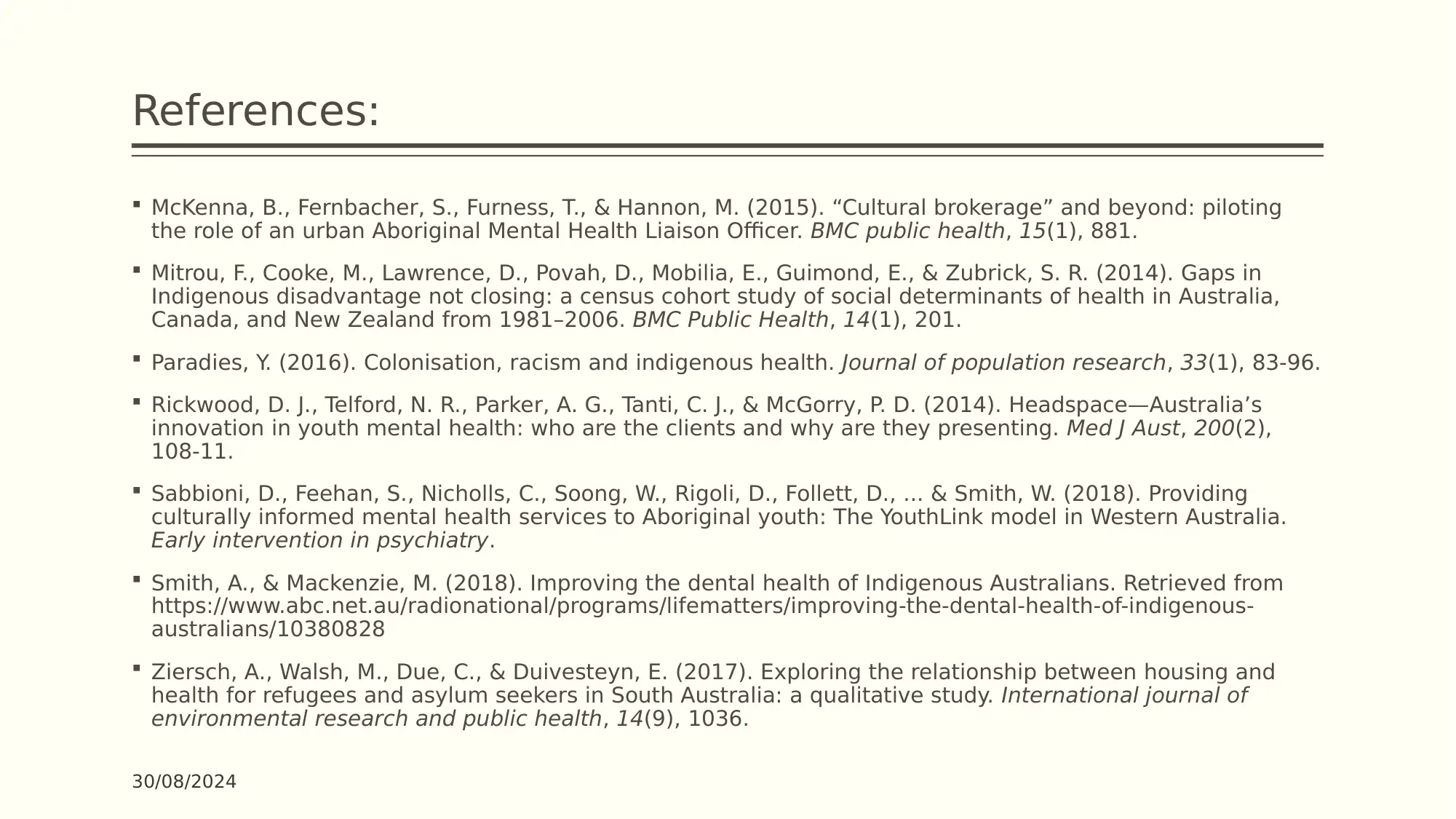
References:
McKenna, B., Fernbacher, S., Furness, T., & Hannon, M. (2015). “Cultural brokerage” and beyond: piloting
the role of an urban Aboriginal Mental Health Liaison Officer. BMC public health, 15(1), 881.
Mitrou, F., Cooke, M., Lawrence, D., Povah, D., Mobilia, E., Guimond, E., & Zubrick, S. R. (2014). Gaps in
Indigenous disadvantage not closing: a census cohort study of social determinants of health in Australia,
Canada, and New Zealand from 1981–2006. BMC Public Health, 14(1), 201.
Paradies, Y. (2016). Colonisation, racism and indigenous health. Journal of population research, 33(1), 83-96.
Rickwood, D. J., Telford, N. R., Parker, A. G., Tanti, C. J., & McGorry, P. D. (2014). Headspace—Australia’s
innovation in youth mental health: who are the clients and why are they presenting. Med J Aust, 200(2),
108-11.
Sabbioni, D., Feehan, S., Nicholls, C., Soong, W., Rigoli, D., Follett, D., ... & Smith, W. (2018). Providing
culturally informed mental health services to Aboriginal youth: The YouthLink model in Western Australia.
Early intervention in psychiatry.
Smith, A., & Mackenzie, M. (2018). Improving the dental health of Indigenous Australians. Retrieved from
https://www.abc.net.au/radionational/programs/lifematters/improving-the-dental-health-of-indigenous-
australians/10380828
Ziersch, A., Walsh, M., Due, C., & Duivesteyn, E. (2017). Exploring the relationship between housing and
health for refugees and asylum seekers in South Australia: a qualitative study. International journal of
environmental research and public health, 14(9), 1036.
30/08/2024
McKenna, B., Fernbacher, S., Furness, T., & Hannon, M. (2015). “Cultural brokerage” and beyond: piloting
the role of an urban Aboriginal Mental Health Liaison Officer. BMC public health, 15(1), 881.
Mitrou, F., Cooke, M., Lawrence, D., Povah, D., Mobilia, E., Guimond, E., & Zubrick, S. R. (2014). Gaps in
Indigenous disadvantage not closing: a census cohort study of social determinants of health in Australia,
Canada, and New Zealand from 1981–2006. BMC Public Health, 14(1), 201.
Paradies, Y. (2016). Colonisation, racism and indigenous health. Journal of population research, 33(1), 83-96.
Rickwood, D. J., Telford, N. R., Parker, A. G., Tanti, C. J., & McGorry, P. D. (2014). Headspace—Australia’s
innovation in youth mental health: who are the clients and why are they presenting. Med J Aust, 200(2),
108-11.
Sabbioni, D., Feehan, S., Nicholls, C., Soong, W., Rigoli, D., Follett, D., ... & Smith, W. (2018). Providing
culturally informed mental health services to Aboriginal youth: The YouthLink model in Western Australia.
Early intervention in psychiatry.
Smith, A., & Mackenzie, M. (2018). Improving the dental health of Indigenous Australians. Retrieved from
https://www.abc.net.au/radionational/programs/lifematters/improving-the-dental-health-of-indigenous-
australians/10380828
Ziersch, A., Walsh, M., Due, C., & Duivesteyn, E. (2017). Exploring the relationship between housing and
health for refugees and asylum seekers in South Australia: a qualitative study. International journal of
environmental research and public health, 14(9), 1036.
30/08/2024
⊘ This is a preview!⊘
Do you want full access?
Subscribe today to unlock all pages.

Trusted by 1+ million students worldwide
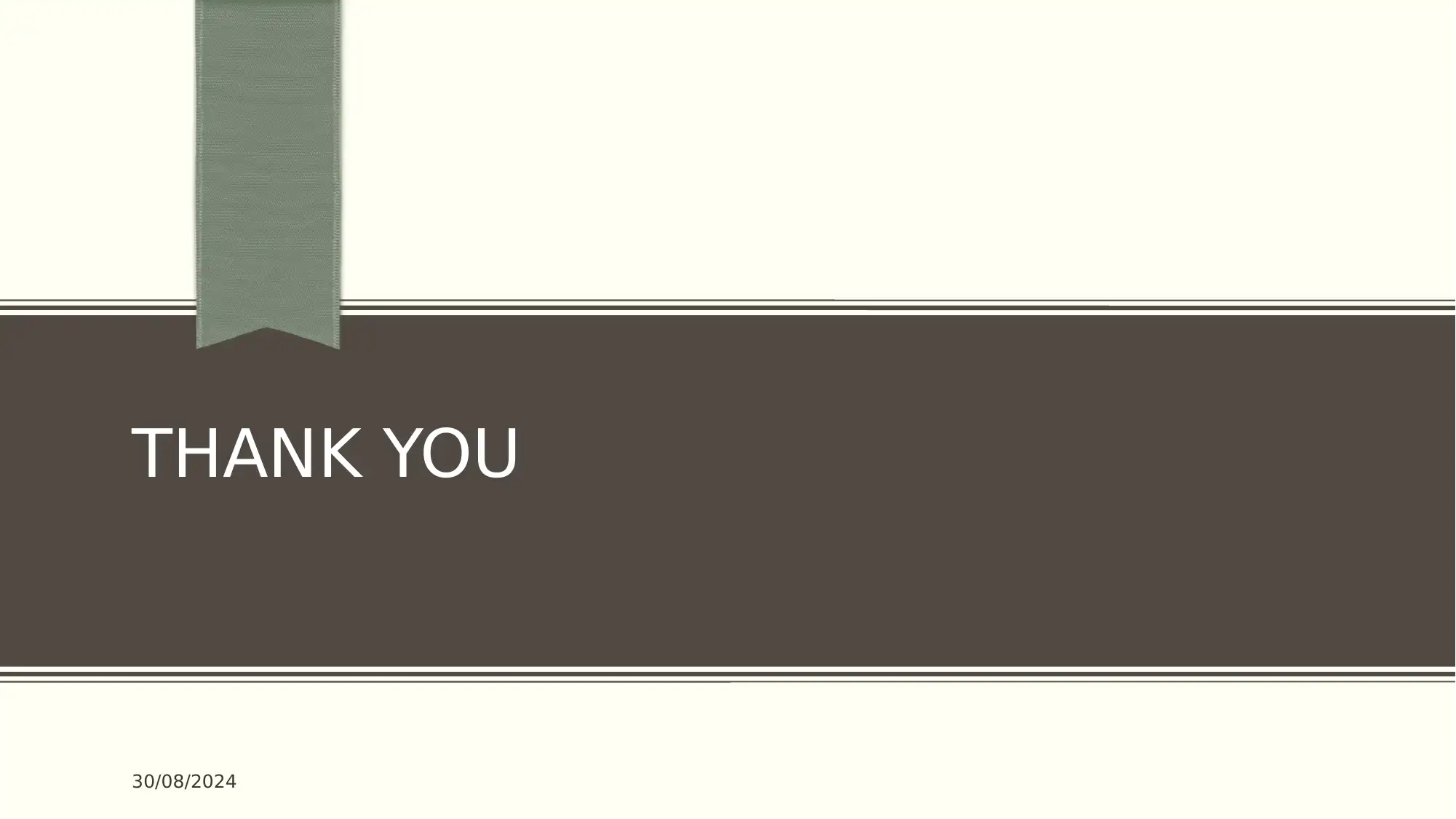
THANK YOU
30/08/2024
30/08/2024
1 out of 10
Your All-in-One AI-Powered Toolkit for Academic Success.
+13062052269
info@desklib.com
Available 24*7 on WhatsApp / Email
![[object Object]](/_next/static/media/star-bottom.7253800d.svg)
Unlock your academic potential
Copyright © 2020–2025 A2Z Services. All Rights Reserved. Developed and managed by ZUCOL.
